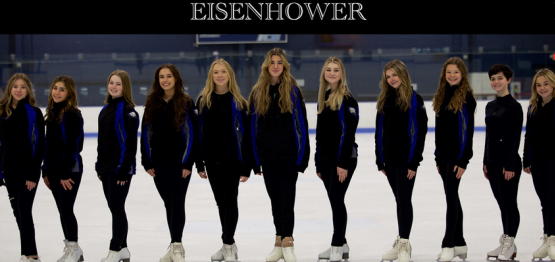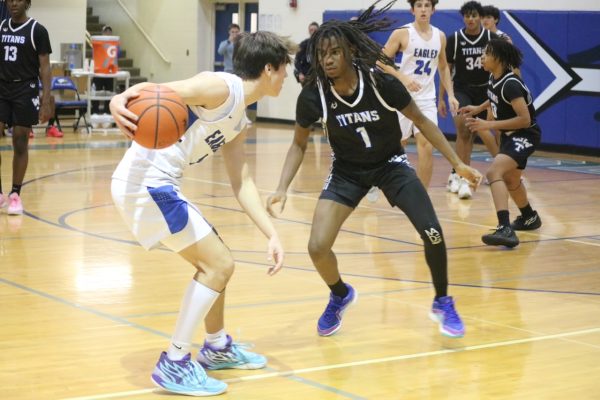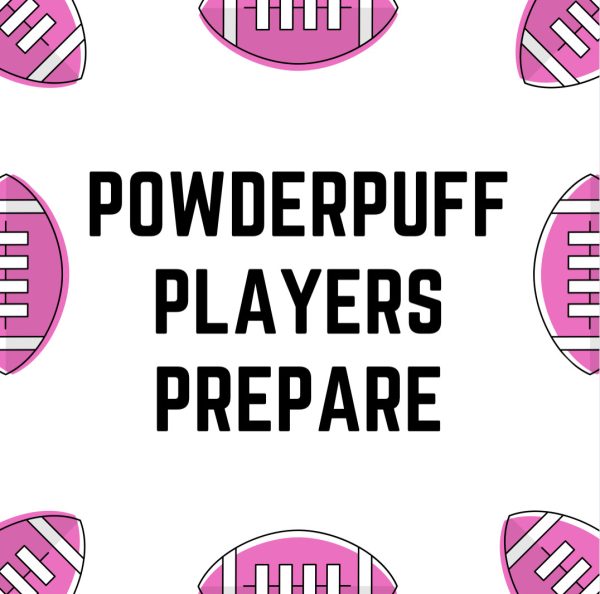Concussions
Brain injuries effect more than sports; mental, emotional health take a hit
A hit to the head can mean the end of a season for some athletes.
Despite the National Football League’s (NFL) efforts to protect their athletes concussions are up 58 percent, 115 in 2014 to 182 in 2015. The dramatic rise makes concussion awareness much more important, not just for the NFL but for high school athletes as well.
“When someone gets a concussion it’s usually an acceleration or deceleration injury,” Dr. Gregory Koby, DO said. “The brain moves within the skull and causes inflammation.”
One in five high school athletes will sustain a concussion during their season, according to the National Center for Biotechnology Information. While less than 10 Ike athletes suffered one in the 2015-2016 school year, according to athletic director Kevin Donahue, recognizing the symptoms is imperative to obtain proper care.
Although a concussion seems like an injury that benches an athlete for a few games, the effects can be much worse.
When inflammation occurs, effects on the brain begin. The common short-term effects include: headache, light sensitivity, nausea, numbness or tingling and loss of balance. Effects also include some cognitive problems, like memory issues and difficulty focusing. Difficulty with daily activity: like reading, math or comprehension are common.
“Most people’s long term effects depend on the severity of the concussion,” Koby said. “A concussion can be, ‘hey, I was playing soccer and I got hit in the side of the head, [or] someone in a major motor vehicle accident, [or] someone else who was knocked unconscious and was admitted to the hospital for week.”
It is very important for an athlete to fully recover from a concussion before returning to play. If he or she returns too early they run the risk of long term effects or permanent damage.
Not all people with a concussion suffer long term effects, but the long term effects are continuations of the short term.
“I think one of the biggest attributes to [concussions] is [lack of] brain rest,”
athletic trainer Phil Crum said.
Students are not getting important Rapid Eye Movement (REM) sleep due to constant use of phones or playing video games causing ultra stimulation. Taking a break from these activities will lead to a decrease in concussions, according to Crum. He added there are already changes in therapy when concussion sufferers do give their brain rest. Crum recommends six to eight hours of REM sleep to give the brain proper rest.
“Honestly, [my concussions] didn’t affect me sports wise, but everything outside of sports: school, emotionally and mentally,” junior varsity football player Matt Surma said.
Surma sustained two concussions his freshman year and one as a junior playing football. His first occurred when his helmet fell off and his head hit the ground, the other two were helmet to helmet collisions.
“I had really bad anger issues for a while, like a short temper,” Surma said. “I just didn’t feel like myself for a while.”
Surma’s personality changes lasted a few months; but emotional concerns like irritability, depression and anxiety are common after a concussion, according to Koby.
To lower risk of concussions, Michigan has regulations in place. The state enacted changes to helmets and padding in football and changed how equipment is prepared in order to keep students safe, according to Donahue. Football equipment is checked and refurbished every year. If it does not meet strict standards, it’s thrown away and new equipment is purchased, according to varsity football coach Chris Smith.
Making sure equipment is in top shape can’t prevent all concussions, so the way athletes are treated after sustaining a concussion changed.
“Any athlete who exhibits signs, symptoms, or behaviors consistent with a concussion shall be immediately removed from the contest and shall not return to play until cleared by an appropriate health care professional,” according to Michigan High School Athletics Association (MHSAA) concussion protocol.
Athletes removed from play after a possible concussion cannot return to play during the game they were injured in, unless the school’s health care professional approves.
Since not all athletes can afford to see a doctor and obtain treatment, MHSAA has an insurance policy in place, according to Donahue. If a student’s insurance cannot cover the total cost of concussion treatment, the policy will cover the difference in order to encourage all students to receive proper care.
“The only prevention is not putting yourself in a situation where you can get a concussion,” Koby said.
Since there is not a way to prevent concussions, athletes must be aware of symptoms and take immediate action if they experience any.
Junior varsity basketball player Matt Donahue suffered two concussions since ninth grade, one of which took him out of basketball for seven months. Now, according to Donahue, he takes breaks on the bench if he becomes dizzy or lightheaded.
Although athletes cannot prevent a concussion completely they can take action to lower their risk, according to Koby. Football players, like Surma, shouldn’t lead with their head before a tackle. Basketball players, like Donahue, should remember to tuck their head in if they fall.
“[Student athletes] need to recognize the symptoms and they need to be honest with themselves if they’re truly having the symptoms,” Crum said. “It used to be ‘be tough, deal with it.’ This is not one of those injuries now. You have to go get assessed and looked at.”
Your donation will support the student journalists of Eisenhower High School. Your contribution will allow us to purchase equipment and cover our annual website hosting costs.








![MINE! Prepared for impact, sophomore varsity volleyball player and libero Kayla Ostrander [pictured on the right] has her arms out in a bump position ready to receive. Ostrander and her teammates lost their home game against Marysville high school. “She’s always next to me on the court when I need her for support,” sophomore varsity volleyball player Gina Fedrigo said.](https://ikenews.com/wp-content/uploads/2023/10/8.7-ella-a-V-Girls-Volleyball-1-600x400.jpg)
![Tiny stunters. During the children’s cheer clinic varsity cheerleaders junior Sydney Jaron and senior Katelyn Haddon help a little girl with stunts. “I enjoyed them [the kids] having new experiences and a new view of cheer because some of them didn’t know what cheer was before,” Jaron said. They hosted the clinic in the gym Wednesday Oct. 4 after school.](https://ikenews.com/wp-content/uploads/2023/10/Copy-of-IMG_0228-e1696953531583-450x600.jpg)

